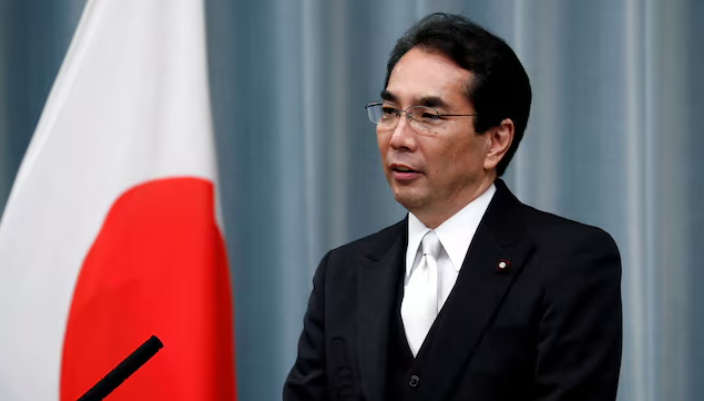The government’s flagship Hustler Fund, launched to provide low-interest loans to low-income Kenyans and promote financial inclusion, is facing a major financial crisis after it emerged that Sh6 billion in disbursed loans may never be recovered.
Appearing before the National Assembly’s Committee on Trade, Industry and Cooperatives, Principal Secretary for Micro, Small and Medium Enterprises (MSMEs) Susan Mang’eni disclosed that the massive loss stems from loans borrowed in late 2022, shortly after the fund’s launch.
“Roughly Sh6 billion is at risk. We are tracing defaulters, and if we are unable to recover the funds, a write-off may be necessary,” PS Mang’eni told lawmakers.
According to data from the MSMEs Department, nearly 10 million Kenyans borrowed small amounts—averaging just Sh500—between November and December 2022. Many of those borrowers have since defaulted and gone off the grid, complicating recovery efforts.
The Hustler Fund has so far disbursed a total of Sh65.7 billion, with Sh53.2 billion recovered. While nine million borrowers have repaid consistently and even qualified for increased credit limits, officials say a large portion of users treated the fund like a political handout.
The fund’s challenges, according to Cooperatives Cabinet Secretary Wycliffe Oparanya, are partly rooted in timing and public perception.
“Unfortunately, post-election timing led many to assume it was a reward. That mindset has significantly contributed to the high default rate,” Oparanya explained during the May 14 session.
Launched just months after the 2022 general election, the Hustler Fund was initially hailed as a groundbreaking initiative to democratize credit access. However, the “free money” perception has proven costly.
To address the growing financial gap, the government is now working on a system to track defaulters and improve recovery mechanisms. At the same time, PS Mang’eni is lobbying for an additional Sh5 billion in the upcoming budget to support disciplined borrowers and expand loan limits for those with good repayment history.
“When you raise someone’s limit from Sh500 to Sh10,000, more capital is needed. We want to empower the responsible borrowers further,” she said.
Members of Parliament expressed concern over the fund’s viability. Committee Chairperson Bernard Shinali questioned how a revolving fund of Sh65.7 billion could end up losing such a large amount.
“If the fund was designed to revolve and self-sustain, how do you explain a Sh6 billion gap?” Shinali asked.
The Hustler Fund, once championed as a tool for economic empowerment, is now under intense scrutiny over transparency, sustainability, and accountability. As the government weighs between writing off bad loans, pursuing aggressive recoveries, or injecting new funds, the fate of the program hangs in the balance.
What began as a promise of financial liberation for ordinary Kenyans may now serve as a cautionary tale in public finance management.






